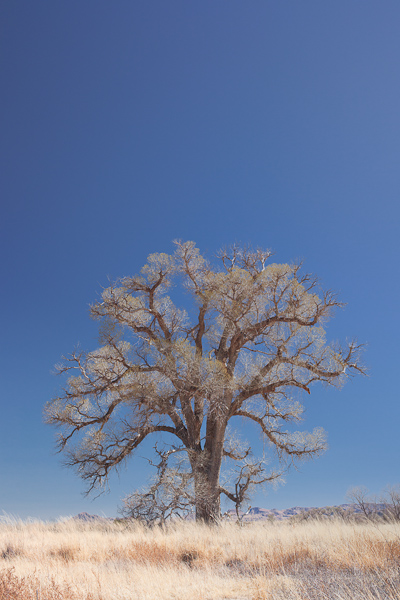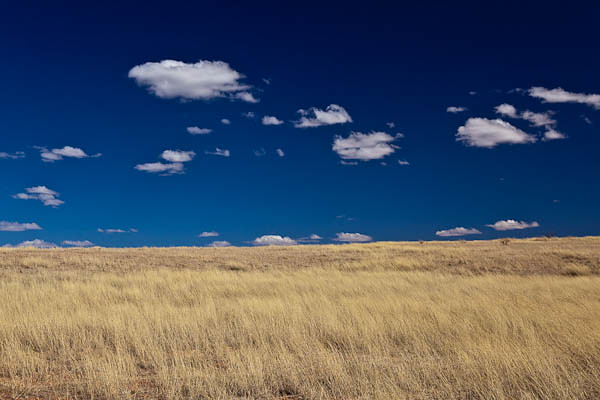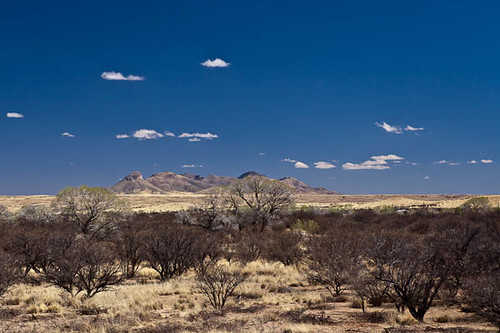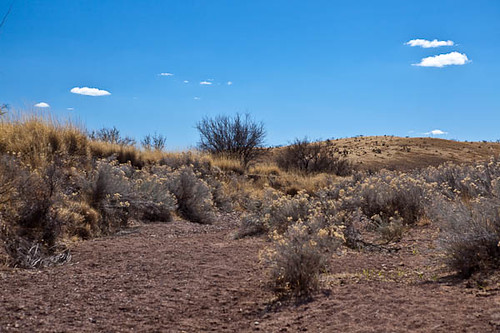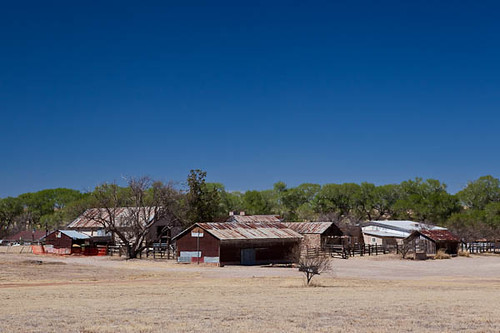I spent several hours hiking in the Arivaca Cienega in the Buenos Aires National Wildlife Preserve in southern Arizona. To be honest it wasn’t as much hiking as walking on a lovely mix of boardwalk over the wetlands and smoothed trails on the drier parts of the trail.
Some of the beauties of this trail are: it is of a decent length – just over a mile; it heads into country one cannot see from any road; and it is accessible for everyone — the path can accommodate wheelchairs and strollers. There are a also at least a dozen welcoming benches along the trail, so there is always a nearby place for a “sit and ponder” if one isn’t watching the clock.
The cienega is prime habitat for birds (and other wildlife), especially during migrations, but I am not much of a birder. I saw quite a few species, but only recognized the woodpeckers and the sparrows.
The cienega, which is defined as a semi-desert grassland, has a spring fed riparian area. There are many cottonwoods, some aged giants, growing near the wetlands. When I examined the grasses, I was surprised to see grasses that were similar to the grasses in the prairies in Wisconsin, and I wonder how closely they were related. (Something to research some other time.)
I sat on the first bench I came upon. I am working on adding a new habit to my daily walk and I am finding it more difficult than I imagined! I find a bench, the first bench I come to that is in a good location to get the feel of where I am. That’s the easier part. The harder part is that I try to sit on the bench and stay fully absorbed in the environment while using all my senses. The hardest part is that I try to sit there, mindfully, for a full fifteen minutes.
If it sounds easy, try it.
I am eager to see what is on the path ahead, and my mind wanders to the immediate future instead of staying in the present. The first time I tried my fifteen minute exercise, I checked the time after 5 minutes, certain that I had gone over my time. Not wanting to pull out my cell phone and check the time every five minutes, I’veve begun to bring a small office timer with me. It is small and unobtrusive. I can glance down and see how much of my quarter hour is left as it tells the time in a pie shaped wedge that slides closed slowly until it disappears. Then the time is over.
It was a cool, breezy afternoon by desert standards and when I closed my eyes, it was a wonderful sensory experience as I concentrated on my sense of touch and hearing. I first enjoyed the warming sun on my face. Then I listened to the rhythms of the wind.
The breeze would begin quietly, a mere rustle of the grasses, then build to a crescendo sounding much like a distant train rumbling through the preserve, and finally the rustling would calm until it was nearly silent again. Except for the chirping and chattering of the birds, this small oasis was quiet. No traffic noise. Only a few other visitors and they were all on different parts of the trail.
I am working on a photo project that explores the concept solitude and so I find the fifteen minute quiet time an invaluable asset to get me in the right mindset for photographing this subject.
*** I would be remiss if I did not mention that there is a park closure along the US/Mexican border. It is a small part of the park, and is suitably marked and patrolled by security. The order to close this area went into effect in 2006 and there have been no recent problems, to my knowledge. The closure notice can be found on Buenos Aires NWR site — it is a PDF, found on the bottom right of the page. It is recommended that visitors read the bulletin before exploring the more remote areas.
—————-
Bo Mackison is a photographer and owner of Seeded Earth Studio LLC. She is doing a great deal of slow photography during her time in Arizona, including this slow photo shoot she did at the cienega. There are more photographs of Arivaca to post., but she is also slowly processing . . .
